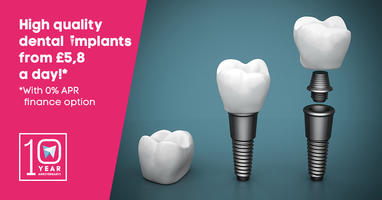Bone grafts, bone replacement, bone enhancement, bone augmentation- these are just some of the names dentistry likes to give to a set of procedures aimed at improving the density and resilience of the human jawbone. These procedures are all basically the same, with technical differences that your dentist will explain to you before the procedure. In this article we wish to speak a little about what a bone graft is, when it is used, and roughly how it is done.

What is a bone graft?
A bone graft is a surgical procedure in which either artificial or natural bone material is inserted into a place in the human body where it is needed. In our case, this will be the jawbone. This is done through cutting the gums open and filling up the area where there needs to be more jawbone, and then sewing it back shut. Bone grafts are frequently used after traumas and accidents to replenish lost or very badly damaged bone material, or before dental implant surgery to augment the jawbone so that it becomes dense and resilient enough to be able to house a dental implant.
Process
Bone augmentation surgery is a one stop surgery with a very long recovery time. The good news is that once the surgery is complete, you will not have to do anything else or get any more procedures to augment the bone. You will have to go back for check-ups to make sure that the site is not infected, that the bone graft material stays in place, and that the healing process is going as planned, with no anomalies or abnormalities. The surgery is incredibly invasive, and involves cutting a window into your bone and filling it up, with the gums peeled back. The surgery is very routine and has an incredibly high success rate (well in the 90s). It is also quite quick, with the average surgery lasting between 45 and 90 minutes. Depending on which tooth is being replaced, there may be additional materials (like a membrane or some artificial gum material) that is also used. The dental implant is typically inserted along with the bone graft materials. The recovery period is around six months, and patients need to follow the guidelines during this time. While the site is healing and the stitches are in it is absolutely dire that the guidelines be followed, and that the foods that need to be avoided are in fact avoided.
What materials are used?
One can hear no end of horror stories as to what people use to enhance their bone materials. Truth is, usually a synthetic bone material is used that look for all the world like tiny whitish pearls, and these synthetic granules will dissolve and merge with the bone tissues, creating new bone matter. The second most popular material that is used is from the patient’s own body, usually from the collar bone. If these do not work than bone material harvested from cadavers or from pigs can be used, but these are extremely rare, and are only performed in certain places like hospitals and research centres.
Image: 1.

